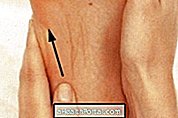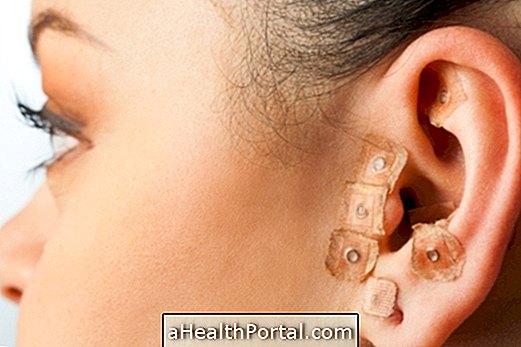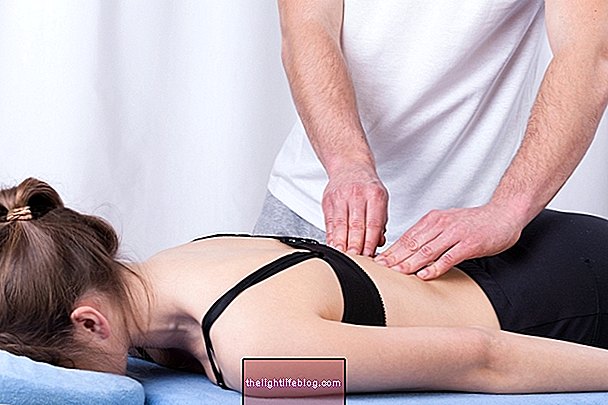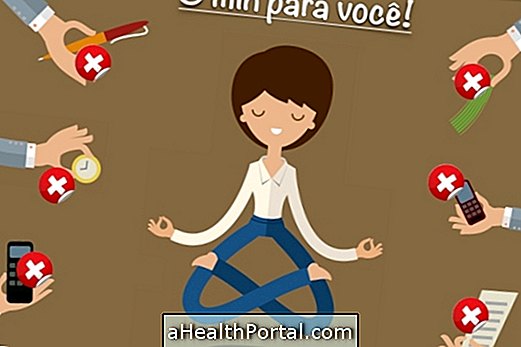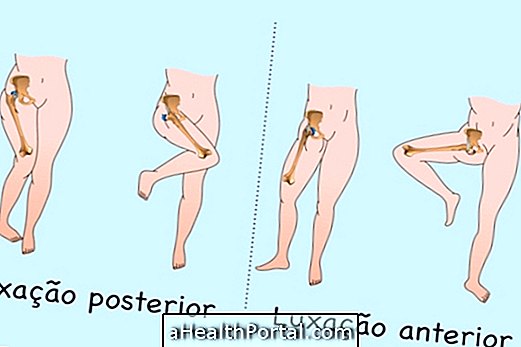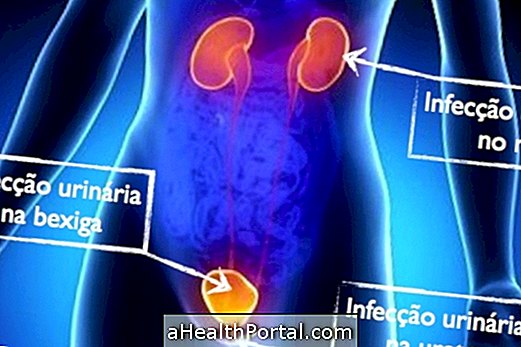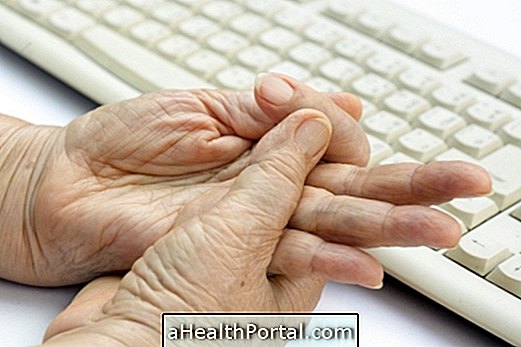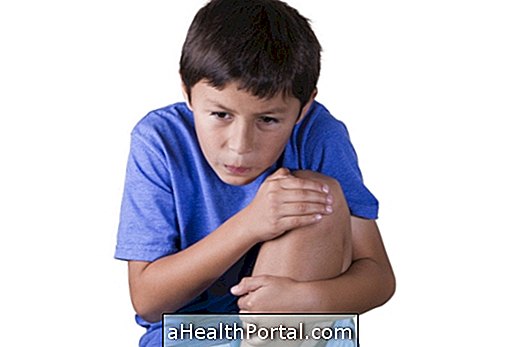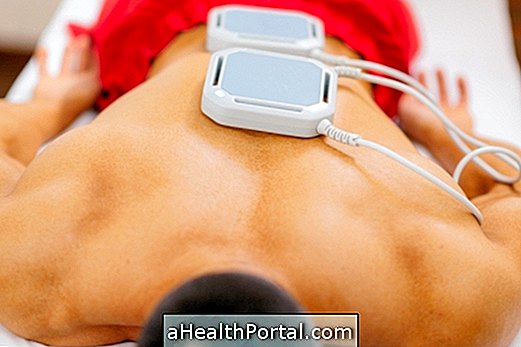Osteopathy is a therapy that includes knowledge of alternative medicine and is based on applying manual techniques, similar to massages, to help in the recovery, maintenance and restoration of the balance between body and mind. During the applied techniques, the professional trained in this area can move the joints, muscles and nerves to relieve pain and improve mobility of the body part.
Generally, this therapy is indicated for people who have problems such as dislocations, muscle spasms and pain in the sciatic nerve, in the back or shoulder, for example, and other problems in the body caused by a sedentary lifestyle, poor posture, sports injuries or excessive stress. However, osteopathy is not indicated for people with very advanced osteoporosis and disorders of blood clotting.

What is it for
Osteopathy professionals, called osteopaths, apply stretching and massage techniques to improve conditions such as:
- Muscle spasms;
- Sciatic nerve pain;
- Back pain;
- Backache;
- Pain in the shoulder or neck;
- Herniated disc;
- Small sports injuries.
The applied techniques help to improve joint movement, relieve muscle tension and improve blood circulation and therefore can also be recommended for pregnant women to reduce the symptoms of back pain and swelling in the legs due to the weight of the belly.
How it is done
Before starting osteopathy sessions, the professional will make a first appointment in which he will collect information about health problems, family history of illness, lifestyle and eating habits and will be able to assess the person's posture and analyze whether the person has anxiety or stress. If the osteopath identifies a serious health problem, he can refer a doctor, such as the orthopedist.
During the sessions, the osteopath makes a series of hand movements, such as massages and stretches, to work the bones, muscles, ligaments and nerves with the purpose of relieving pain and restoring the health of the affected body part.
Treatment with osteopathy does not cause pain, however, depending on the severity of muscle or nerve injuries, the person may experience slight discomfort after the sessions. The osteopath does not recommend the use of drugs, but can give advice on changes in lifestyle, such as diet and physical activity.
Who should not do
Osteopathy is not recommended for people who have changes in the body that lead to bone fragility, such as severe osteoporosis and bone metastasis, for example, as it can worsen symptoms and cause other health problems.
In addition, this therapy is not indicated for people who have severe arthritis, bone fractures, disorders that affect blood clotting or who use blood thinning medications, such as warfarin. In addition, people with multiple sclerosis, which is an autoimmune disease characterized by impairment of the nervous system and which may have pain and muscle weakness as a symptom, should also not have osteopathy.
What is the difference between osteopathy and chiropractic
Often, osteopathy is confused with chiropractic practice, but osteopathy is a type of broader therapy, which involves several techniques of palpation treatment that seeks to improve muscle problems, for example, looking for the causes of pain, in addition to focusing in the balance of the body and the mind as a whole.
Chiropractic, on the other hand, uses techniques more directed to acute spinal pain and focuses directly on these painful areas, through more restricted massage techniques, with the aim of aligning the bones and relieving the pain only. Find out more about what chiropractic is, what it is for and how it is done.
Was this information helpful?
Yes No
Your opinion is important! Write here how we can improve our text:
Any questions? Click here to be answered.
Email in which you want to receive a reply:
Check the confirmation email we sent you.
Your name:
Reason for visit:
--- Choose your reason --- DiseaseLive betterHelp another personGain knowledge
Are you a health professional?
NoMedicalPharmaceuticalsNurseNutritionistBiomedicalPhysiotherapistBeauticianOther
Bibliography
- NHS. Osteopathy. Available in: . Accessed on 25 Feb 2020
- SUPERIOR INSTITUTE OF EDUCATION AND SCIENCES. Osteopathy Platform. 2017. Available at:. Accessed on 25 Feb 2020
- EUROPEAN SCHOOL OF OSTEOPATHY. About Osteopathy. Available in: . Accessed on 25 Feb 2020
- SLATTENGREN, Andrew H. et al. Best uses of osteopathic manipulation. J Fam Pract. Vol.66, n.12. 743-747, 2017
- JEROME, John A. An Osteopathic Approach to Chronic Pain Management. The Journal of the American Osteopathic Association. Vol.117. 306-314, 2017

